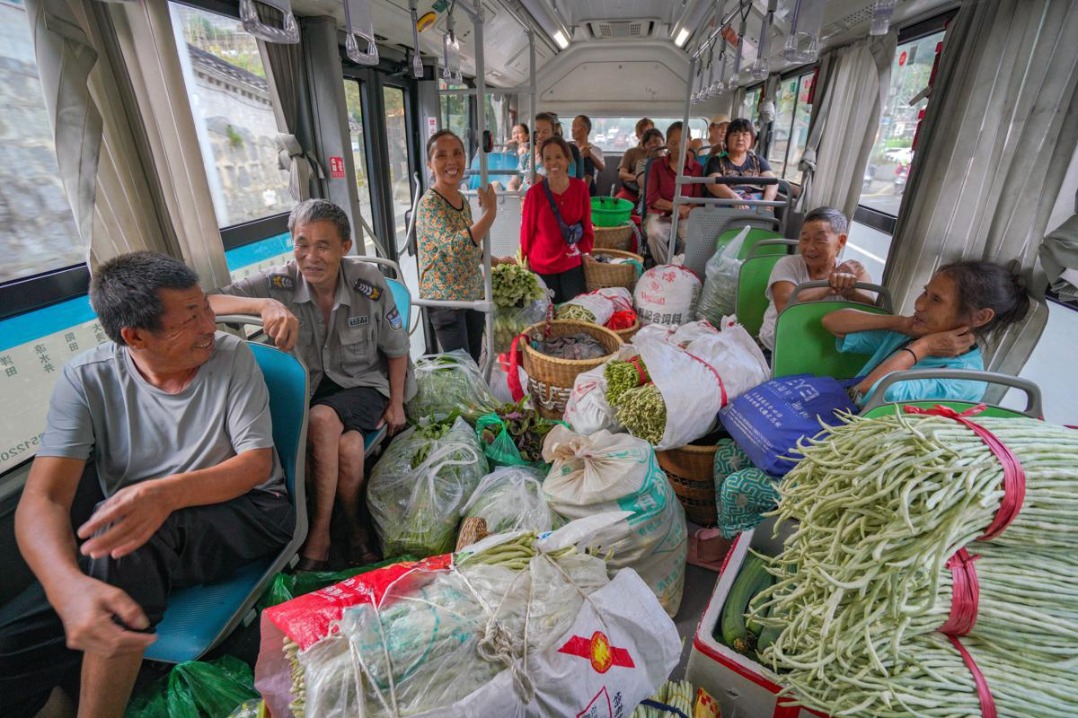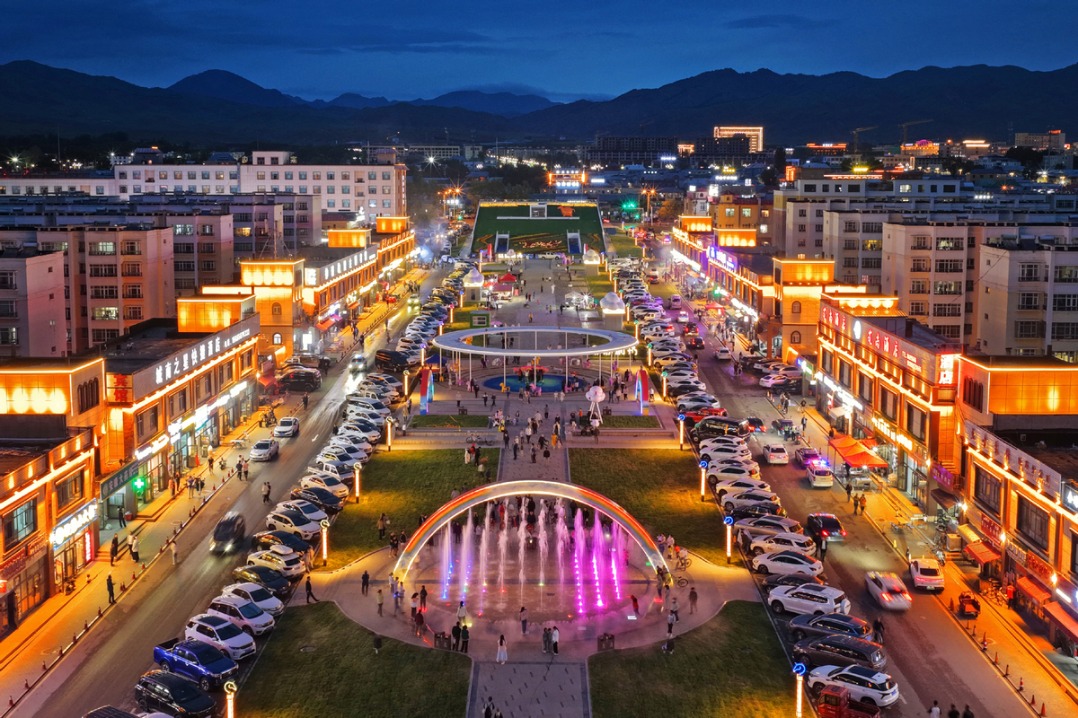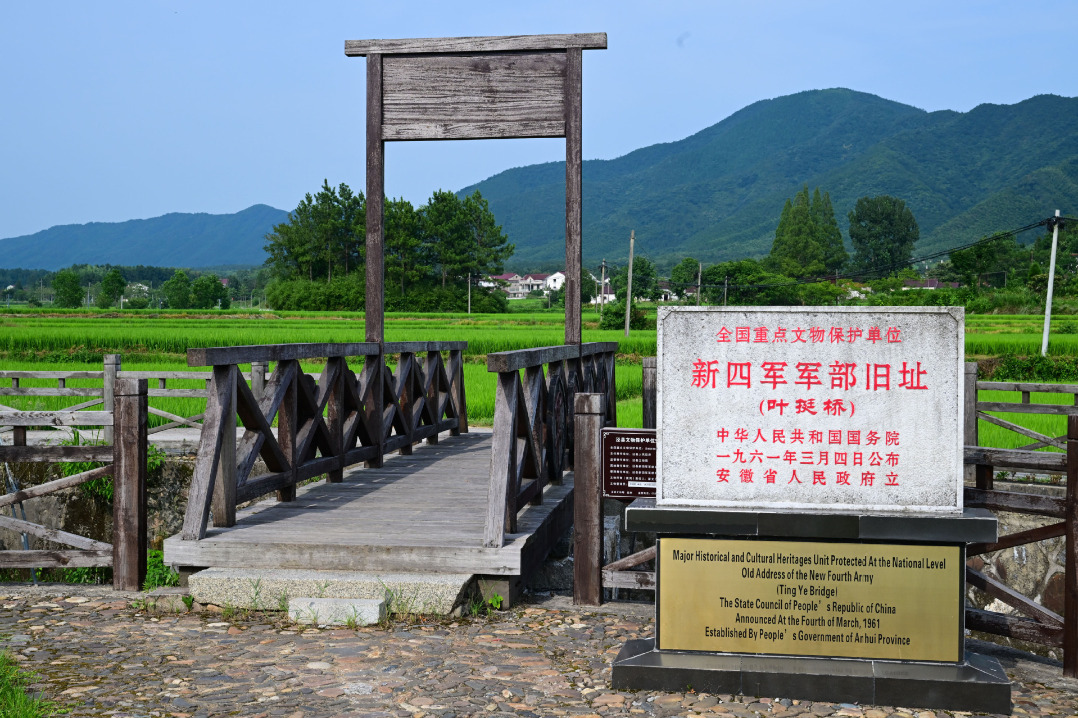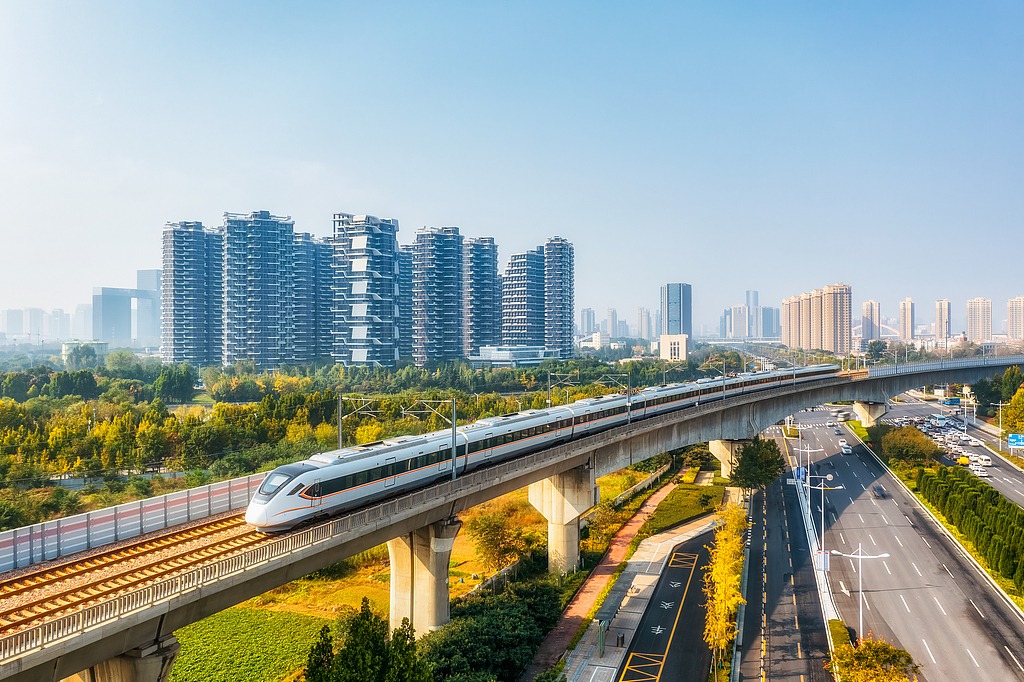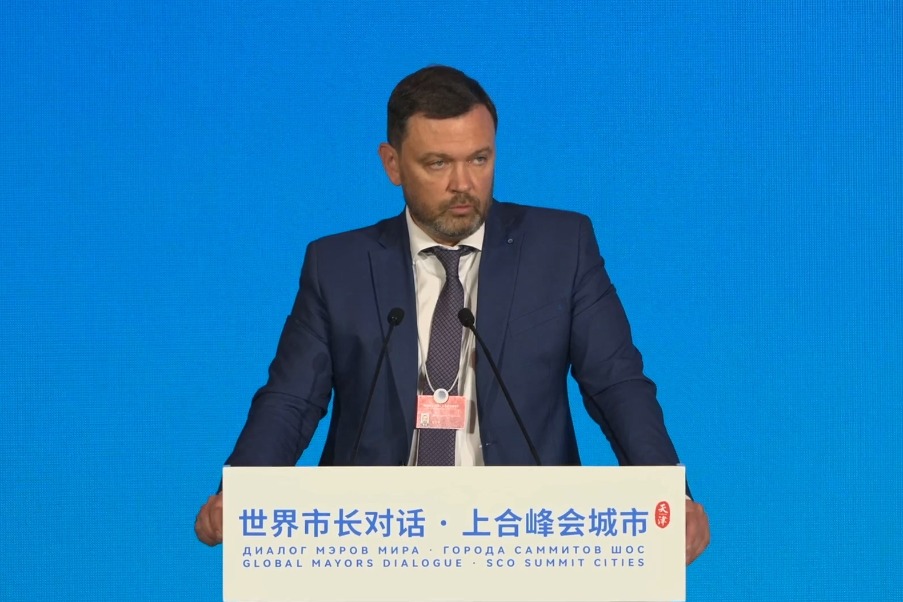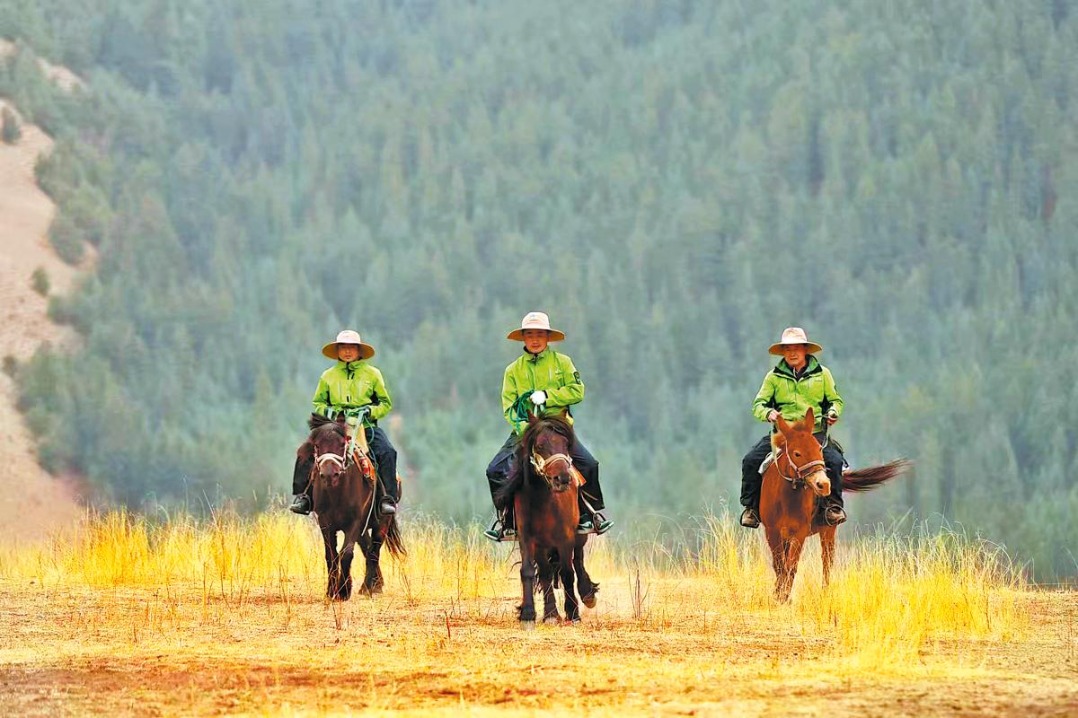Olympic train serves regional development


Though several years have passed, Zhu Yan still feels a thrill when recalling moments from helping to develop the Fuxing (Rejuvenation) bullet trains for the Beijing-Zhangjiakou High-Speed Railway, a route that linked the two host cities of the 2022 Winter Olympic Games.
Zhu, who works at railroad rolling stock manufacturer, CRRC Changchun Railway Vehicles, a Jilin province-based subsidiary of the CRRC, was appointed as deputy chief designer of the trains when the design body was set up in 2017.
Among its 189 members, 136 were under the age of 35, and formed the main force of the team.
In May, the team was collectively honored with a China Youth May 4 Medal, the highest honor given out by the Central Committee of the Communist Youth League and the All-China Youth Federation, and the highest national honor for people aged between 14 and 40.
In April 2016, construction began on the world's first ballast track, which is designed for speeds up to 350 kilometers per hour. Linking Beijing to Zhangjiakou in Hebei province, the line entered operation at the end of 2019, reducing travel time between the two cities from three hours to around one.
The old Beijing-Zhangjiakou rail line was the first rail artery fully designed and built by Chinese people. Zhan Tianyou, its chief engineer, was required to overcome a series of difficulties in its construction.
"In the beginning, we were all clear that there were lots of technical problems to overcome," Zhu said. "We began a three-month period at the office working from 8 am to 8 pm every day. We made 42 sets of plans for the locomotive and 5,289 structural drawings. However, the biggest difficulty was the complex geographic conditions along the line."
The 64 bridges, with a length of 66 kilometers, and 10 tunnels, with a length of 49 km, account for 66 percent of the line's extension.
"It crosses fairly steep slopes, which lead to rapid elevation changes," Zhu said. "It takes only 30 seconds to pass from an altitude of 1,700 meters to 1,000, which created great challenges for the train's air conditioning pressure system and the control system."
Badaling Great Wall Station, which is located 102 meters under the core area of the Badaling Great Wall, is the deepest high-speed railway station in the world.
"Pressure differences at the station can reach 11,000 Pa," he said. "The train passes at 350km per hour, which presents a great challenge for comfort on the train."
The team ultimately solved the problem through a combination of air tightness and pressure control technology after countless rounds of debugging.
The new trains were designed specifically for spectators and athletes to travel between Beijing and Zhangjiakou during the Winter Olympics last year. They have a media carriage with Wi-Fi service and TV screens for live broadcasting, a drug-testing area for athletes and a storage area for winter sports equipment.
Beidou's navigation satellite system was used for the first time to power functions such as automatic departure at stations, automatic operation at intervals, automatic adjustment of running times according to plan, automatic precision parking at stations, and automatic door control.
To enhance the riding experience, the design team made improvements to temperature adjustment, intelligent lighting adjustment and in-carriage noise control.
Following the end of the Games, the line now carries winter sports enthusiasts to Zhangjiakou, and plays a role in the coordinated development of the Beijing-Tianjin-Hebei area.
"A high-speed train consists of more than half a million parts and components, and high-speed rail manufacture involves industries from metallurgy, polymer materials and synthetic materials, to precision instruments, machinery and electricity," Zhu said. "The success of China's high-speed rail shows the strength of our independent innovation capabilities, and manufacturing industry, which have reached new heights."
"The new train marks the entry of China's high-speed rail into the intelligent era," he continued. "The Fuxing family is able to adapt to the needs of a variety of operating environments, including plateaus, intense cold, humidity, heat, wind and sand and provided us valuable experience for the continued development of trains. We are endeavoring to contribute more to the construction of our country's high-speed railways."
- Domestic single-dose flu drug approved
- Water mahjong games cool visitors in Chongqing
- Sanya to host sixth Asian Beach Games in April
- Guangdong, Hong Kong and Macao to jointly hold entrepreneurship competition
- China approves rice-derived recombinant human albumin injection
- Hundreds attend 5th TCM Culture Festival in Tianjin



















